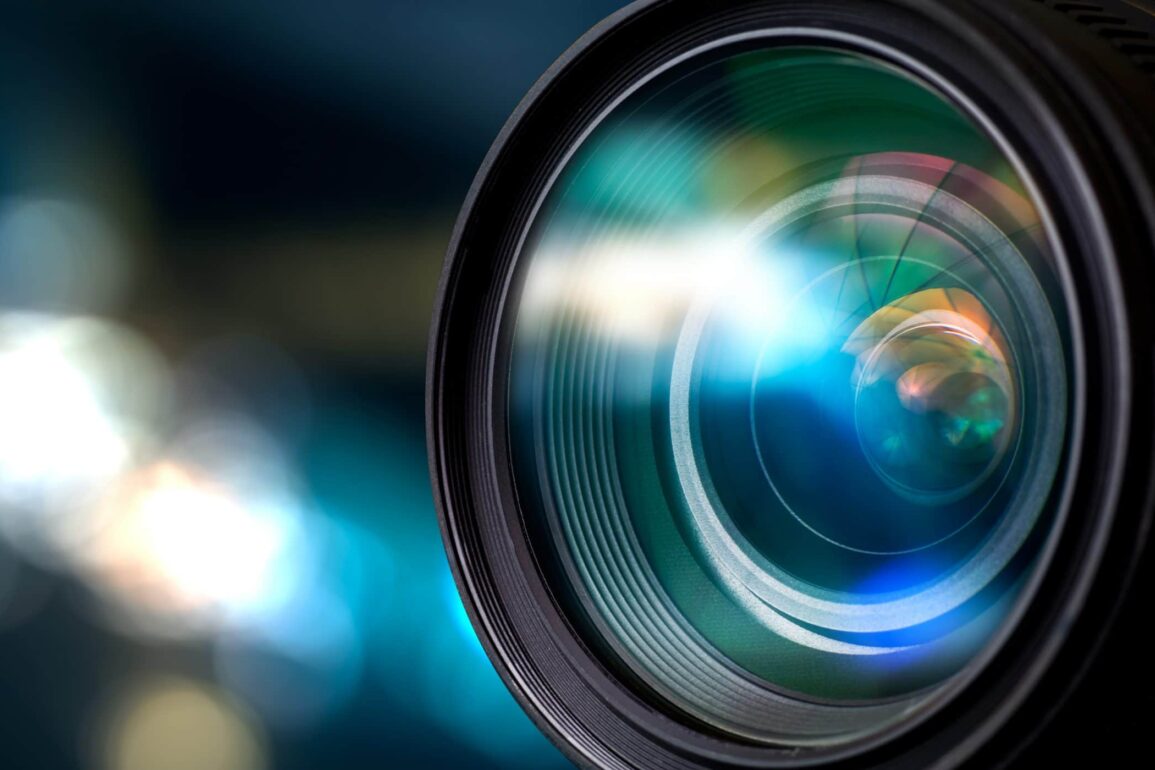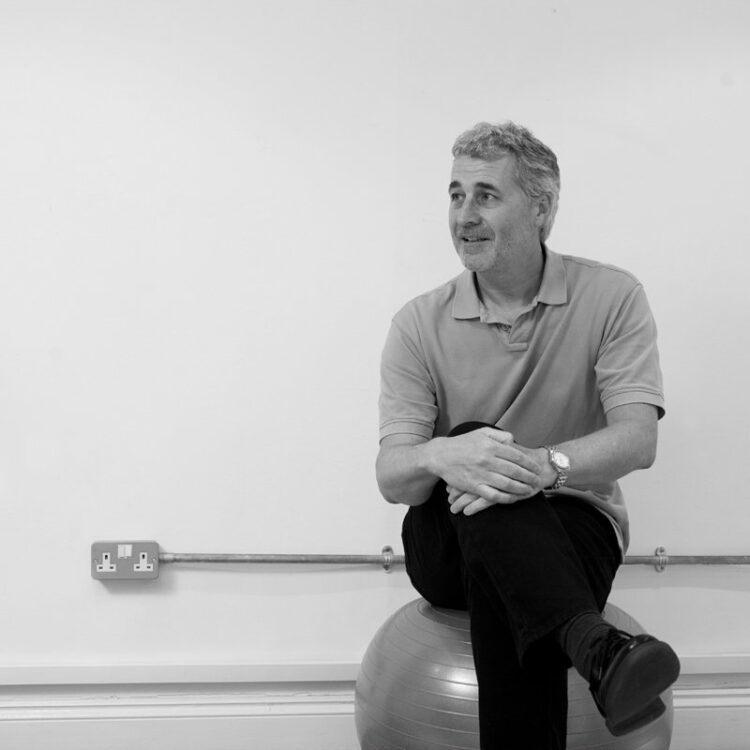How ‘in focus’ is your brand photography?

Are you in the picture, or have you lost focus? Investing in good-quality brand photography is a must if you want your website and marketing communications to be sharp and professional.
There was a time when clients didn’t think twice about commissioning high-quality brand photography. Then along came digital cameras. Suddenly there was an alternative. OK, the quality wasn’t as good, the composition was a bit ropey, but it was fast and cost-effective. The trouble is, it proved a false economy. After all, you wouldn’t buy a new laptop and suddenly assume you were a writer? Or a new piece of kit that would overnight give you the skills and knowledge to produce a complex website and content management system.
Equipment doesn’t create great brand photographers. A good camera is important, but the skill behind it is vital and that is something that comes from technical knowledge, creativity and years of experience.
The fact is – and yes, it gets rolled out time after time – a picture IS worth a thousand words. I’m not sure who first came up with it – some say it was based on an old Chinese proverb and some say it was Napoleon Bonaparte – but the simple truth is that images of all kinds can be powerful, even iconic. And it doesn’t matter whether it’s a newspaper image, a fashion shot or the photography on your website. Good brand photography is memorable, bad brand photography is forgettable. Unless it is so bad, it’s memorable for all the wrong reasons. In which case, it’s just unprofessional.
If you want to grab people’s attention, then professional brand photography is a must. It’s not just about pointing and shooting. It’s about lighting, composition, creating a mood and, just as importantly, making the model (if there is one) feel relaxed and involved in the composition. Most of us are self-conscious about having our photograph taken and the best brand photographers are those with good interpersonal skills, as well as great technical skills, of course..
They know what works across a range of mediums, from website images and corporate literature to large campaigns, banner ads and press ads.
Your target audiences are constantly being bombarded with high quality images every time they go on the internet, watch TV or read a magazine. If you want to compete for their attention, you need to build a library of bespoke, professional brand photography.
I am sure the next step will be the electronic image, and I hope I shall live to see it. I trust that the creative eye will continue to function, whatever technological innovations may develop.
– Ansel Adams, American photographer (1902-1984).
Photography to the amateur is recreation, to the professional it is work, and hard work too, no matter how pleasurable it may be.
– Edward Weston, American photographer (1886-1958).
It takes a lot of imagination to be a good photographer… in photography everything is so ordinary; it takes a lot of looking before you learn to see the extraordinary.
– David Bailey, British photographer (1937 – ).
Visual ideas combined with technology combined with personal interpretation equals photography. Each must hold its own; if it doesn’t, the thing collapses.
– Arnold Newman, American photographer (1918-2006).
These are some of the pros of professional brand photography:
- You can use a photographer with the right skills and experience for the job – for example some specialise in portraiture and some in architecture. While some specialise in brand photography, annual report photography or product shots.
- The photographs will be tailor-made for your specific project and successfully fit within the creative concept compared to off-the-shelf stock photography.
- A professional photographer can work with the existing ‘look & feel’ of your organisation or enable you to build up a well co-ordinated and consistent visual brand. This is what I refer to as brand photography.
- A seasoned professional will know how to get the best out of the people being photographed by integrating them into the image.
- They will also have the technical expertise to ensure the images they’re taking are suitable for the medium they will be used in.
- They may also use a lightbox especially made for product photography.
- Working to a pre-arranged schedule may create time to take additional shots, enabling you to build up a good quality image library of brand photography for use in future projects.
- High-quality predicable results are guaranteed, with well composed and well lit brand photography that jumps off the screen and page.
- Your material will look professional and so will your organisation.
There is at least one con of using a professional for your brand photography, that I should mention:
- It’s more expensive than using an image library, but worth the extra investment as the imagery will be unique to you. That’s a con with a positive spin!
There are also pros and cons of using an image library:
If you don’t have the time or budget to commission original brand photography then copyright free image libraries are an option. Good quality stock images are available in a range of sizes and formats to meet specific requirements and budgets. Marketers and creatives also have the ability to search quickly, use a low-resolution version of an image to see how it looks in their design, and then download it immediately.
The downside is that images often feel generic and impersonal, and can look cheesy, staged and out-of-date. There’s also a small chance you’ll see the same image ‘cropping’ up elsewhere. No pun intended! Quality can also be inconsistent, a particular problem if you are using a number of images together, as your communications can start to feel disjointed and inconsistent. Images may not be suitable for every market, as they might clearly taken in a location overseas. Unless that’s what you’re looking for.
Generally, the quality of image library has improved dramatically in recent years, but many shots still lack authenticity, making it difficult for real people to engage with them. At the end of the day, fresh, creative, well composed and original brand photography is unbeatable.
Finding a brand photographer who’s just right for you is no small undertaking, but the results can be highly rewarding. You’ll want a brand photographer with an impressive track record, and an online digital portfolio that whets your appetite. You might want to think about whether you need one photography who works across a range of mediums and sectors, or more than one photographer, each being specific about the type of images they take (portraits, products, nature, events, reportage etc.). As part of the initial conversation you’ll need to agree on payment terms, ownership of images and royalties, and the number of photos you’re likely to receive as part of the deal. You can also look for testimonials and seek reference. Although your creative agency can manage the entire process on your behalf, so you just get to enjoy the results, and pay a slightly larger bill.
The resolution of brand photography is important too, so have a plan of where your images are going to be used. Professional brand photographers will expect a professional briefing document, and a shoot schedule. Mood boards and sketches should be provided to guide specific compositions. Locations, backgrounds, release forms for models (professional or staff), props and hire of equipment also require thought before any professional photoshoot. That’s a lot to take on board, and time is money, so you need to focus on the detail pre-shoot, not during the shoot. And definitely not after the shoot as that would mean doing it again!!
If your budget allows, seek creative direction from your agency throughout the shoot. This nearly always achieves better results, and most photographers (not all) will appreciate a fellow creative by their side. Post-shoot, your agency will be able to pick out the best images, and carry out necessary retouching.
When it comes to marketing and communications, be that on-screen or on-paper, nothing beats a library of sharp, optimised brand photography. You can build-up an image archive over time, adding more locations, products / services and team members. File images so they’re available online or through a shared DropBox folder. Each time you create a new communications piece or campaign, you’ll have high quality brand photography at hand to do your concepts, copy and layouts justice.
As we’ve discovered, attention to the detail of your brand photography speaks volumes about your organisation, and its commitment to delivering great customer experiences and ‘focused’ communications.











